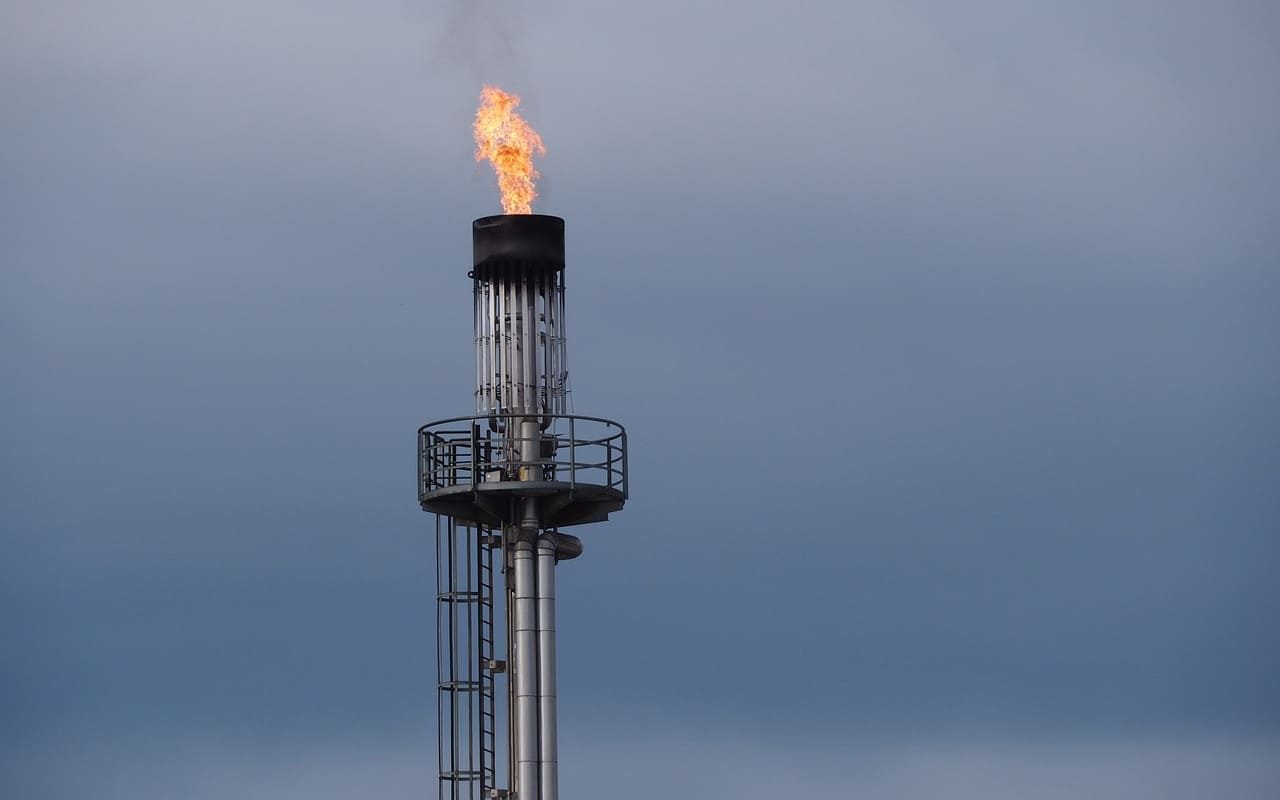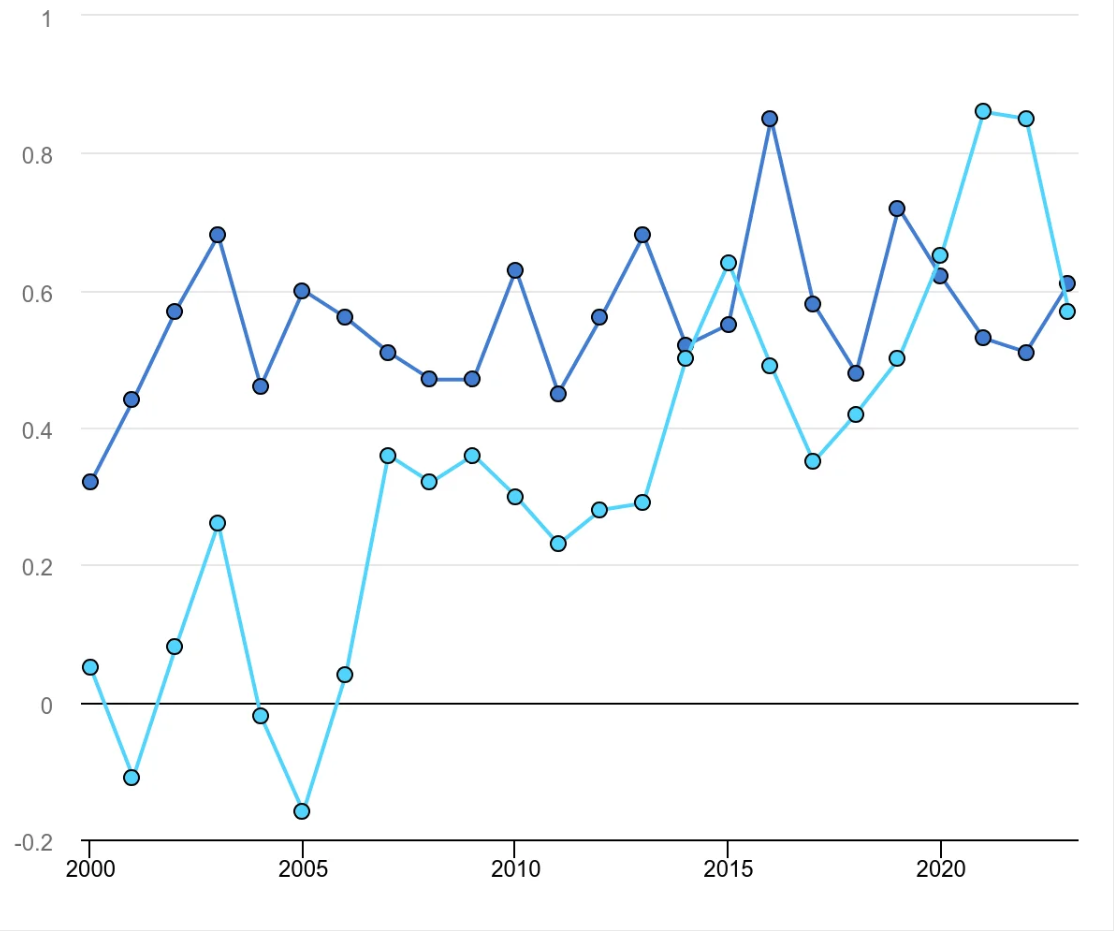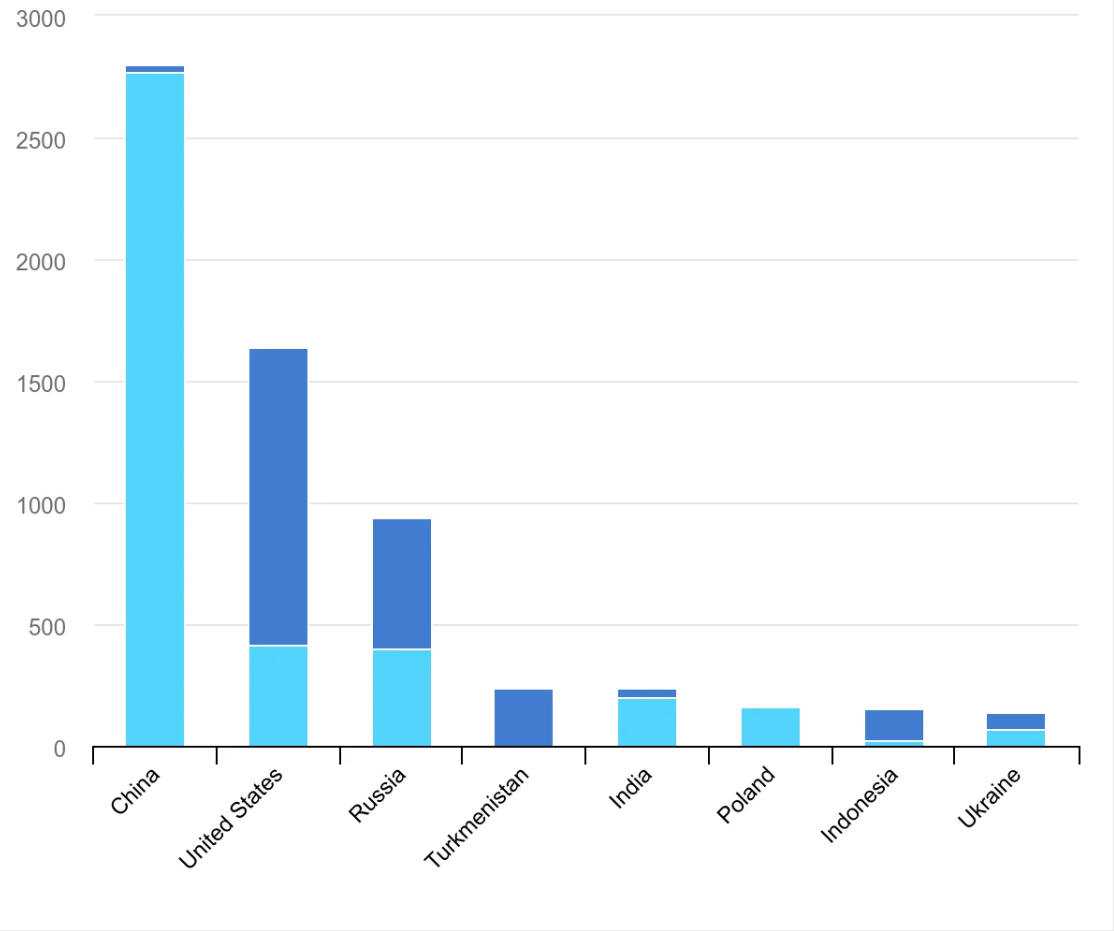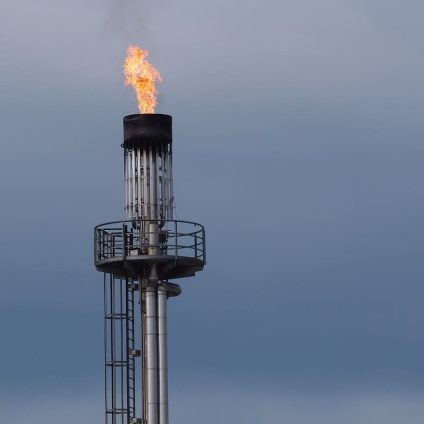Global methane emissions hit 610 Mt in 2024, driven by fossil fuels and poor leak control, says IEA report

The planet is still “leaking gas” – and that’s bad news for both the climate and energy security. According to the Global Methane Tracker 2025, published yesterday by the International Energy Agency (IEA), global methane emissions are rising rapidly. Atmospheric concentrations of methane, a greenhouse gas responsible for about 30% of global temperature increases, are now more than two and a half times higher than pre-industrial levels.
The growth rate is outpacing all other major greenhouse gases, with the energy sector leading the surge.

2024 methane emissions break new records
The IEA estimates that total global methane emissions in 2024 reached approximately 610 million tons (Mt). Of that amount, about 145 Mt came from human energy-related activities – the main driver behind the increase.
Breaking it down, oil operations released around 45 Mt of methane, while natural gas activities added nearly 35 Mt. Abandoned wells contributed roughly 3 Mt, and end-use equipment leaks accounted for another 2 Mt. Coal was responsible for over 40 Mt, including 4 Mt from abandoned mines, and bioenergy sources – primarily from incomplete biomass combustion – added 20 Mt.

Methane’s impact on climate and energy security
Methane emissions pose a dual threat. First, there’s the climate issue: although methane only lingers in the atmosphere for about 10–12 years (compared to centuries for CO₂), it traps heat nearly 80 times more efficiently over a 20-year period.
It also affects air quality. Methane contributes to the formation of ground-level ozone, a potent oxidant and major component of smog. A recent study linked elevated ozone levels above WHO thresholds to spikes in hospitalizations for cardiovascular events like heart attacks, heart failure, and strokes.
At the same time, methane leaks reflect a major loss of energy resources. “The fossil fuel sector released about 200 billion cubic meters (bcm) of methane globally last year,” the IEA reported. “Not all of that could have been captured and reused, but we estimate that nearly 100 bcm could have been recovered as usable natural gas.”
How to reduce global methane emissions
The IEA report finds that nearly 70% of global methane emissions from the energy sector could be avoided using existing technologies. Many of these mitigation measures could pay for themselves within a year, as the captured gas could be sold.
“Tackling methane leaks and flaring offers a win-win,” said IEA executive director Fatih Birol. “It eases pressure on strained gas markets in many parts of the world, enhancing energy security, while also cutting emissions. But our latest data shows implementation continues to lag behind commitments. We are working to ensure governments and industry have the tools and knowledge they need to meet their targets.”
A key barrier remains transparency. The IEA’s emission estimates are significantly higher than the figures reported in official inventories. So, how reliable is the data? It’s backed by a fleet of over 25 satellites, including advanced systems like MethaneSAT and Tanager-1, which provide critical monitoring capabilities.












